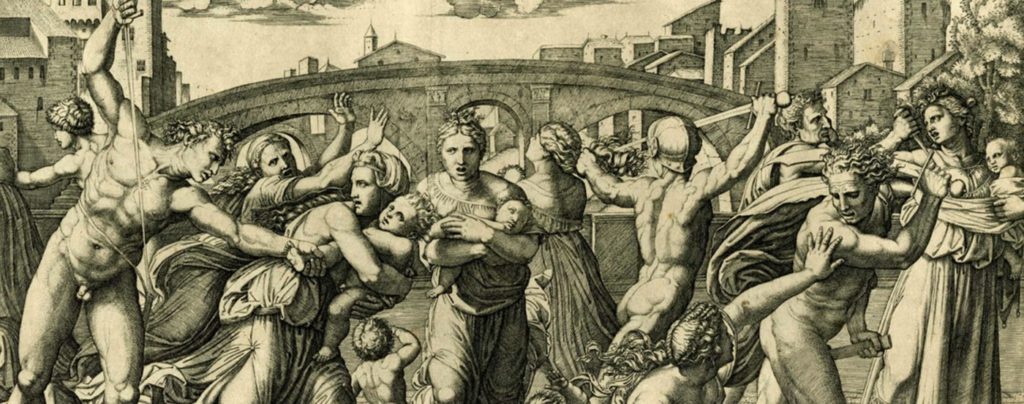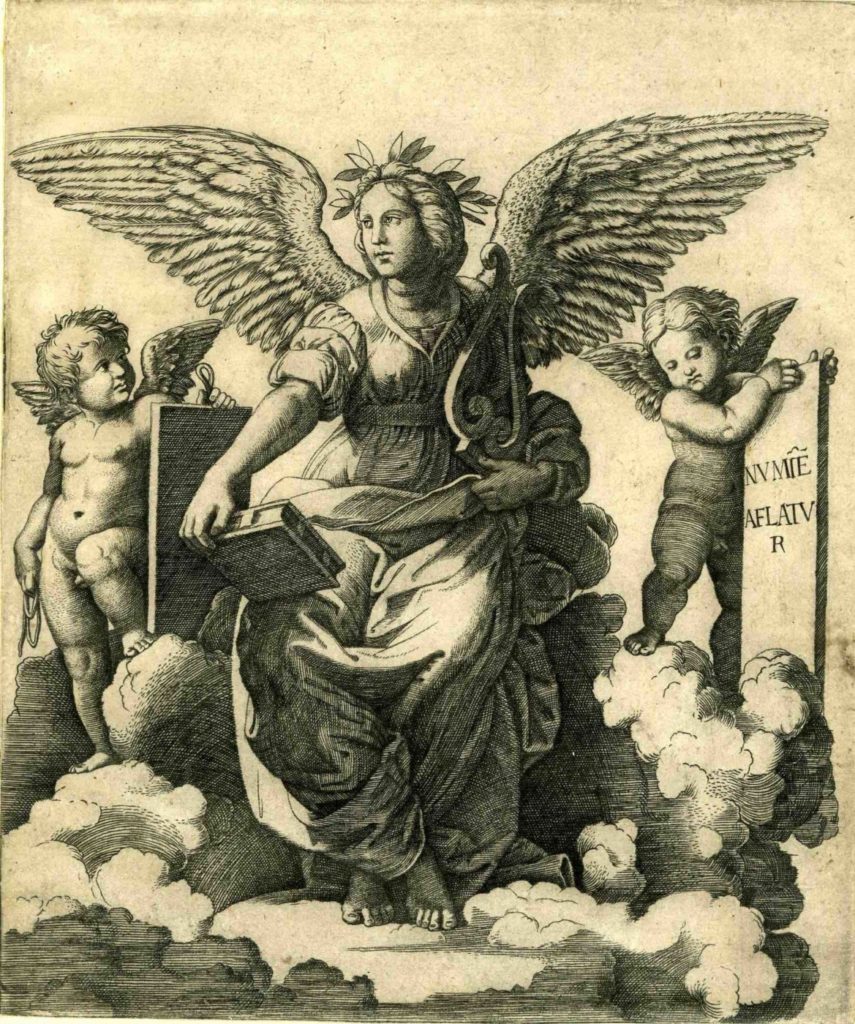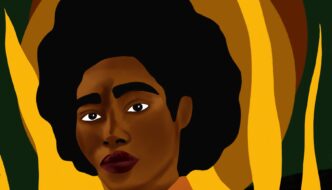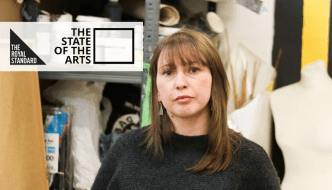
Amongst the high-impact, large-scale and often multi-sensory artworks often on show at art galleries such as the Whitworth, it can be tempting to walk swiftly past or merely cast a quick glance over seemingly one-dimensional and unobtrusive displays of old-fashioned prints. I too, at one time, would have forgone, Renaissance printmakers in favour of pretty much any of the other exhibitions currently on display in the Whitworth.
Dr. Edward Wouk, one of my university lecturers and subsequently my dissertation supervisor, can be credited for making me see the error of my ways. He is also the curator, with David Morris, of Marcantonio Raimondi and Raphael, an exhibition of work by the 16th century printmaker Marcantonio Raimondi currently on display at the Whitworth gallery.
The exhibition studies the prints of Marcantonio Raimondi (c.1480-c.1534) and explores the printmaker’s creative collaboration with Italian Renaissance master Raphael (1483-1520). It is a modern assumption that a printer working from the designs of another artist would be seen as just a craftsmen or a lesser artist. This supposition, alongside modern definitions of what constitutes a work of art and radical changes in our attitudes to originality, has led to prints often being overlooked in favour of painting and sculpture. In the sixteenth century advancements in printmaking massively expanded what one person might see in their lifetime.
The majority of prints produced in Italy in the early sixteenth century resulted from collaborations between printmakers and artists. They were not merely gateways to the artworks of the ‘masters’ but were artworks in themselves. Rather than attempting to create exact copies of artworks in print form, printmakers intended to improve on the design of the work they reproduced.

A relationship, such as the one between Marcantonio and Raphael, would have been mutually beneficial, not only would Marcanonio gain prominence from Raphael’s stature, Raphael could now have his innovative style and designs spread to new audiences.
The exhibition is split into eight sections, they begin chronologically and introductory, before entering into themes of Antiquity, Mythology, Christianity, Faith and Erotica. It is in exploring these themes that the exhibition really manages to demonstrate the ways in which Marcantonio used print for numerous purposes and how single prints could be conveying various meanings through combined iconographies.
For example, biblical stories are represented removed from their contexts and transposed into contemporary Rome. The ‘Massacre of the Innocents’ is played out on Rome’s Ponte Sisto and a representation of the Virgin and Cradle is portrayed as a domestic scene, placed in a 16th century home. This amalgamation of sacred imagery with scenes or settings recognisable to 16th century citizens would enable them to receive a Christian message in a way they could understand and apply to their everyday lives.
Biblical stories, such as that of Adam and Eve, as well as classical mythology and the reworking of antique sculpture, are employed by Marcantonio in order to create prints that were sensually appealing and sometimes erotic. By employing mythological stories, such as that of Cupid and Psyche, Marcantonio could evoke spiritual as well as sensual associations for a viewer with knowledge of classical literature. The figures, though appearing erotic and frivolous, could generate the viewer’s knowledge of their stories that often had moralising messages. By disguising erotic imagery with mythological tales the printmaker could avoid censorship. In a series of prints, I Modi, depicting couples in sexual positions, employing no moralising pretence, we see Marcantonio defy contemporary laws. Though the artist who drew the designs escaped punishment, Marcantonio faced jail for recreating the works in print. This can be seen as demonstrating the way in which the printmakers ability to disseminate imagery and knowledge on a vast scale that artists had not been able to achieve before, was not only appreciated and esteemed but could also be regarded with unease and was often apprehended, particularly in the tumultuous political conditions and with constantly shifting Christian attitudes towards imagery in 16th century Europe.
There is a great deal more to be learnt from and enjoyed in this exhibition than I could extract for the purpose of this short article. It displays a beautiful collection of prints that cannot be done any justice by my writing. While these artworks may lack the scale, colour and instant impact often sought after by gallery visitors, with close observation and time taken to scrutinise them, so much more can be grasped and delighted in than might immediately meet the eye.
Marcantonio Raimondi and Raphael runs at the Whitworth until 23 April 2017.




Comments